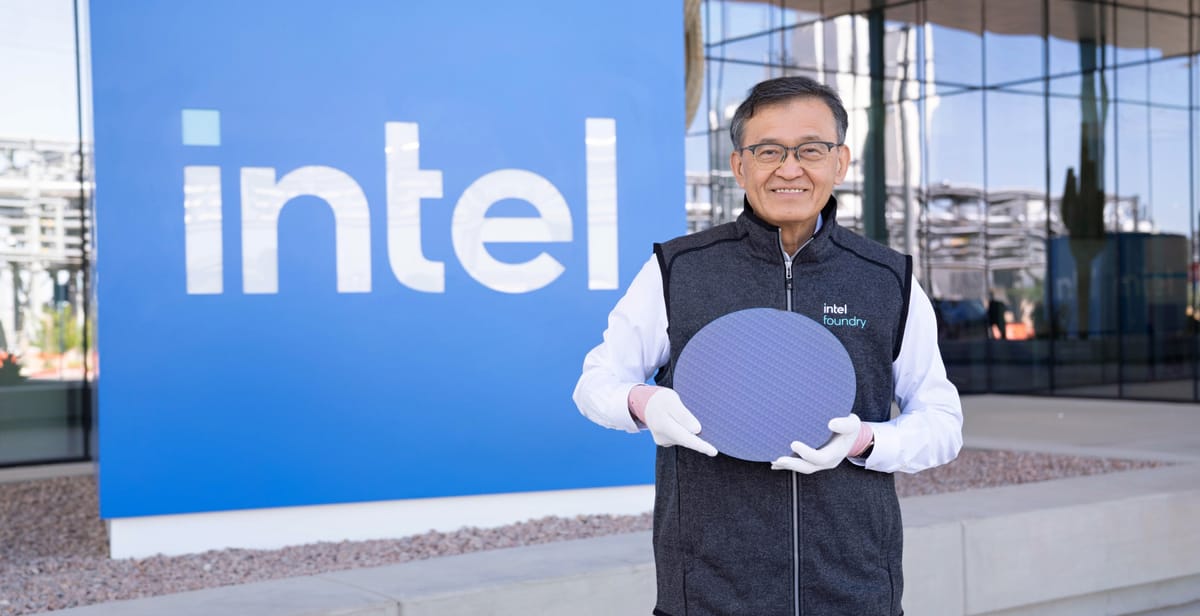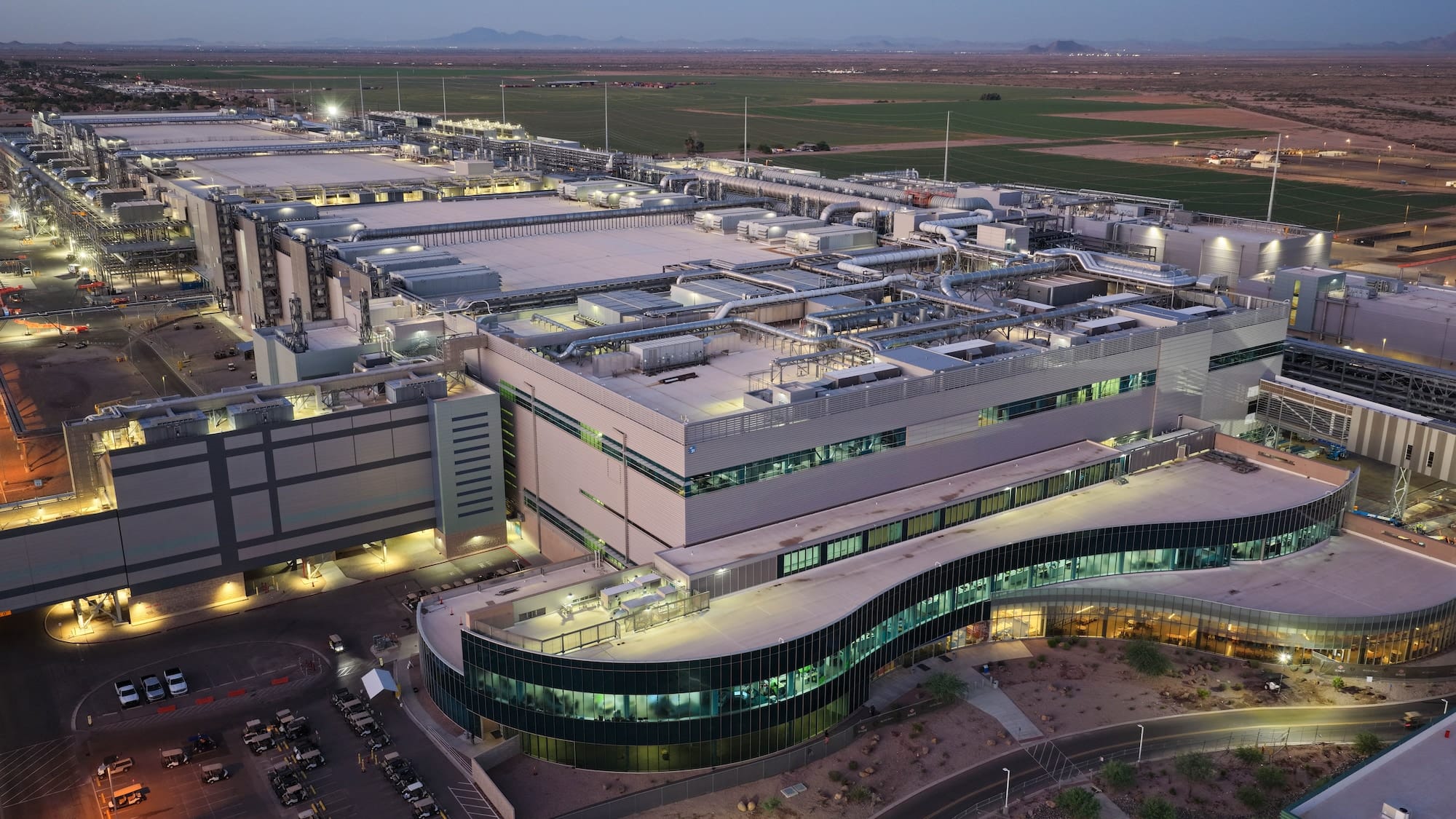
Intel just put a date on its 18A comeback. The company’s next client processor, “Panther Lake,” is now moving to high-volume production at its new Chandler, Arizona fab later this year, with systems expected to show up broadly in January.
Key Points
- First client SoC on Intel’s 18A; shipping begins this year, broad market in January ’26.
- Intel claims >50% CPU and graphics gains and up to 180 “platform TOPS” for on-device AI.
- Built at Fab 52 in Chandler, now operational and dedicated to 18A.
- Server follow-on “Clearwater Forest” lands in 1H 2026 on the same node.
Panther Lake is Intel’s first Core Ultra Series 3 built on the company’s 18A process, the U.S.-made node that introduces RibbonFET transistors and backside power delivery (PowerVia). Intel says the platform balances CPU, GPU, and NPU performance, targeting “AI PC” laptops with up to 180 platform TOPS and headline claims of more than 50% CPU and graphics uplift over the prior generation.

The products will be manufactured at Fab 52 in Chandler, Arizona—Intel’s newest high-volume fab—which the company has now brought online for 18A. That keeps the first wave of 2-nanometer-class client chips designed and built in the U.S., a symbolic and supply-chain milestone amid reshoring efforts.
Architecturally, Panther Lake consolidates what were two lines (Lunar Lake ultraportables and Arrow Lake performance systems) into a single, modular family with new Cougar Cove P-cores and Darkmont E-cores, configurations up to 16 CPU cores, and integrated Arc graphics with up to 12 Xe3 cores. Early guidance positions it as a clear step up in efficiency and graphics capability for thin-and-light PCs.
This is also a manufacturing test. Intel’s turnaround hinges on proving 18A is competitive at scale after years of delays. The company previously outlined yield challenges on the road to 18A; now it must show stable output as laptops ramp through early 2026.
However, TSMC’s first N2 (also a gate-all-around node) is slated to reach volume between late 2025 and early 2026, setting the stage for head-to-head comparisons across PC and data-center parts next year.
Intel is pairing the PC launch with a server preview: “Clearwater Forest” (Xeon 6+) on 18A arrives in the first half of 2026, aiming at dense, power-efficient cloud deployments. Proving both client and server on the new node is designed to reassure prospective foundry customers, too.
Under new CEO Lip-Bu Tan, Intel has also lined up fresh capital and partners. NVIDIA and SoftBank disclosed stock investments ($5B and $2B, respectively), while Intel previously secured up to $8.5B in CHIPS Act funding—signals that the broader ecosystem is betting on 18A’s viability. The next six months of Fab 52’s ramp will tell if those bets pay off.

